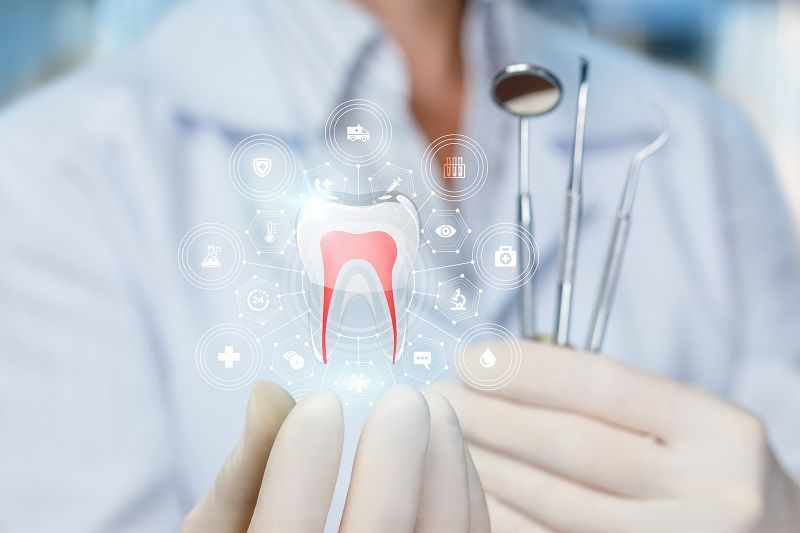A Look at How Well Sedation Works During a Root Canal
- By Mary Marks
- •
- 29 Sep, 2023
- •

During a root canal, sedation dentistry Denver dentists offer can be of tremendous help for most patients, as it can help them feel more comfortable and relaxed during this sometimes scary and complex procedure. Also, it must be noted that the exact level of sedation may vary, depending on the patient and on how challenging the root canal intervention is.
Sedation is usually recommended for people who suffer from fear of going to the dentist, and who are always very nervous about dental work. In order to numb the affected teeth, local anesthesia is typically used. And sedation can further help to reduce pain.
Because it calms down patients, sedation can help dentists work more accurately and greatly reduce the entire duration of the treatment. One of the most commonly used types of sedation for root can is that with laughing gas, or nitrous oxide. It involves using a mask to cover your nose, through which you breathe in the relaxing gas. Although you will remain conscious during the entire procedure, you will also feel very relaxed.
Sometimes general anesthesia can be used, especially when the patient has a special condition or specific needs, like severe anxiety or dementia. But your doctor will determine which type of sedation works best for you.





Although oral sedation dentistry Highlands Ranch is one of the optionsavailable for managing anxiety and discomfort during oral surgery, you certainly do not need to use it all the time. As a matter of fact, the exact type of sedation or anesthesia that you receive during oral procedures may depend on various factors, such as the complexity of the procedure, your medical problems, as well as your doctor’s preferences.
There can be several different levels of sedation that can be used in oral surgery. Local anesthesia is one of them. This involves injecting anesthetic medication into the specific area where the surgery will take place. It numbs the area and is often used for less invasive procedures.
Oral sedation involves taking medication in the form of a pill to induce a state of relaxation and drowsiness. The patient is still conscious, but he/she may not be fully aware of the procedure. At any rate, sedation helps him/her get rid of anxiety.
In the case of intravenous sedation, medication is administered through a vein, which induces a deeper state of sedation than oral sedation. Patients may still be conscious, but they are less aware of their surroundings and may not remember the procedure.





